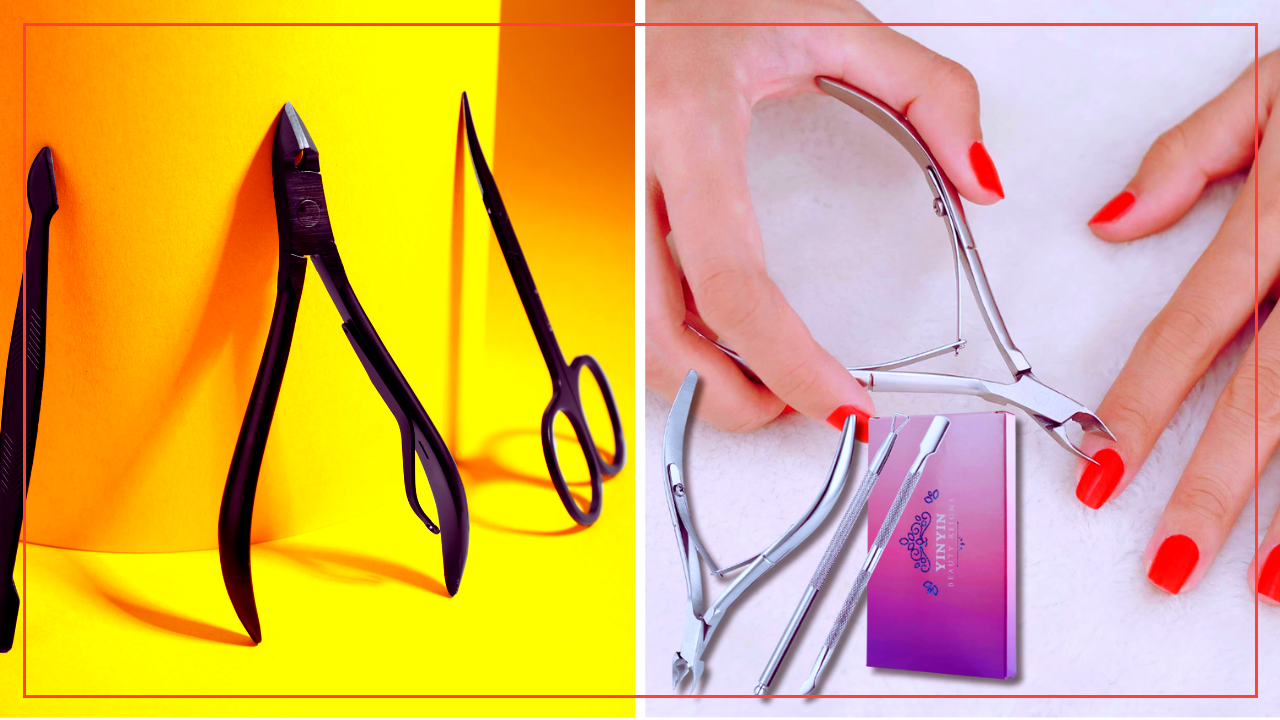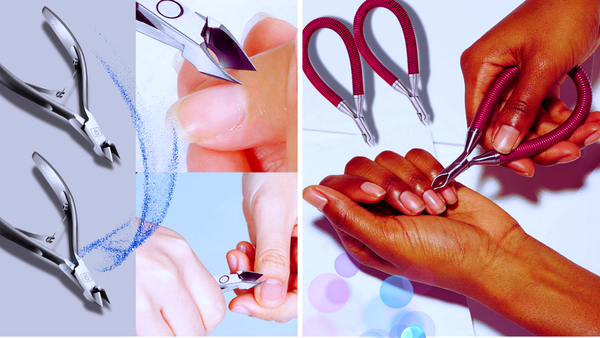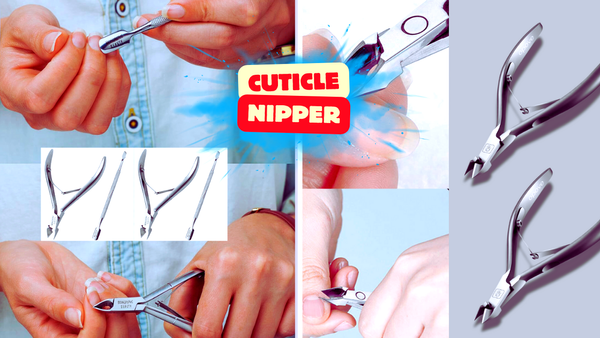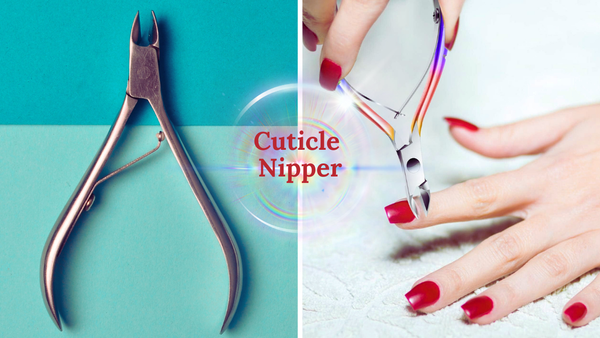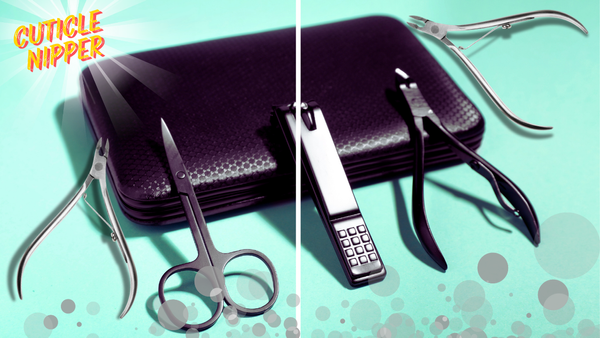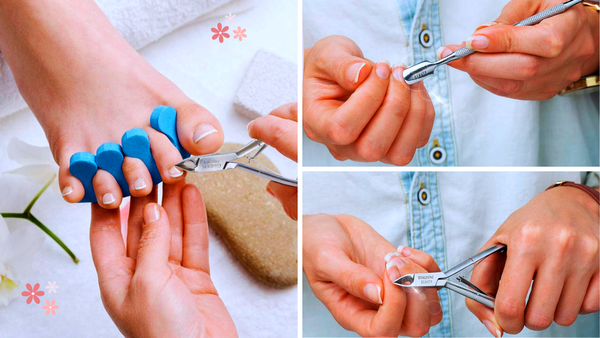Key Takeaways:
- Precision and Control: A cuticle nipper requires precision to avoid damaging the nail bed and surrounding skin.
- Hygiene and Safety: Proper hygiene practices are essential to prevent infections using cuticle nippers.
- Technique and Tools: Understanding the correct technique and using the right tools can help maintain healthy nails and cuticles.
Cuticle nippers are essential tools in nail care, but they must be used carefully. These sharp instruments are designed to trim excess cuticles and dead skin around the nails, but improper use can lead to injuries, infections, and other nail problems. This article will explore why cuticle nippers should be handled carefully and provide tips for safe and effective use.
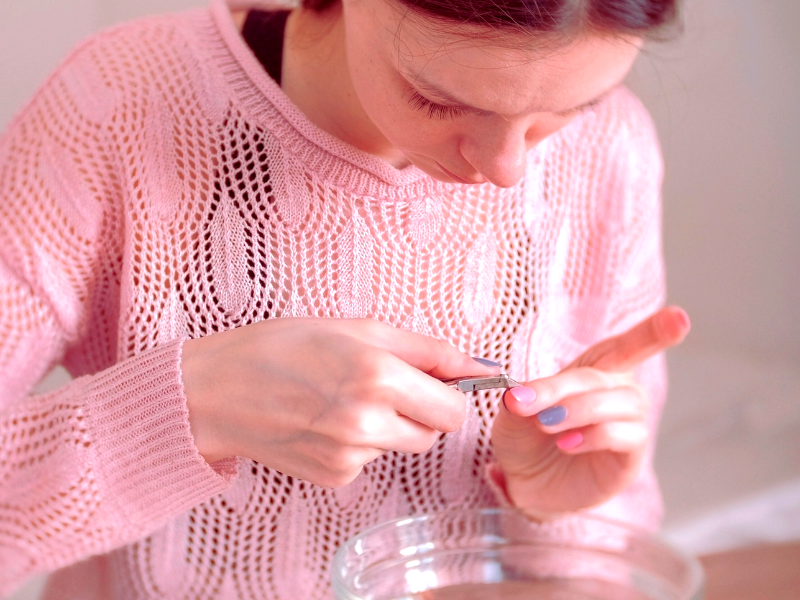
The Importance of Precision
Using a cuticle nipper requires a high level of precision. The blades are sharp and designed to cut through tough skin, but a slight slip can damage the nail bed or surrounding tissue. This precision is crucial to avoid tearing the skin, which can lead to painful hangnails or infections.
Precision also ensures that only the excess cuticles are removed, leaving the healthy tissue intact. This helps maintain the nails' overall health and prevents unnecessary damage. Therefore, it's essential to use cuticle nippers with a steady hand and a careful approach.
Hygiene Practices
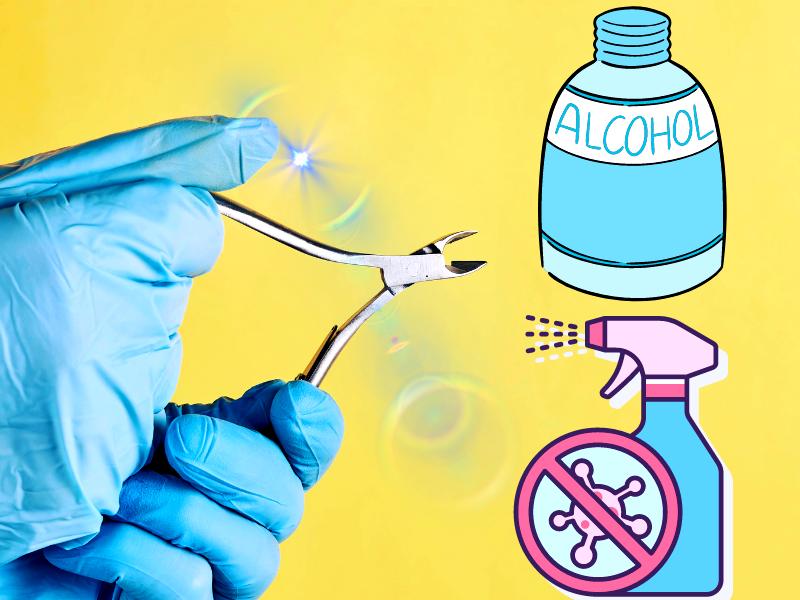
Hygiene is paramount when using cuticle nippers. These tools come into direct contact with the skin and can easily transfer bacteria if not properly sanitized. Always clean the nippers before and after each use to prevent infections.
Using a disinfectant or alcohol wipe to clean the blades is a good practice. Additionally, soaking your fingers in warm water before trimming can help soften the cuticles, making them easier to cut and reducing the risk of injury.
Choosing the Right Tools
Not all cuticle nippers are created equal. Investing in a high-quality nipper with sharp blades can significantly improve the trimming process. Sharp blades provide a clean cut, reducing the risk of tearing the skin. Look for nippers with a comfortable grip and a spring mechanism for controlled cutting. This ensures better control over the tool, making the trimming process safer and more efficient.
Soften Before Trimming
Soaking your fingers in warm water before using cuticle nippers can help soften the cuticles. This makes them easier to trim and reduces the risk of injury. Adding a few drops of essential oil to the water can also help nourish the skin. Softening the cuticles before trimming is a crucial step in nail care. It ensures the cuticles are pliable and less likely to tear, making the trimming process smoother and safer.
Avoiding Excessive Force
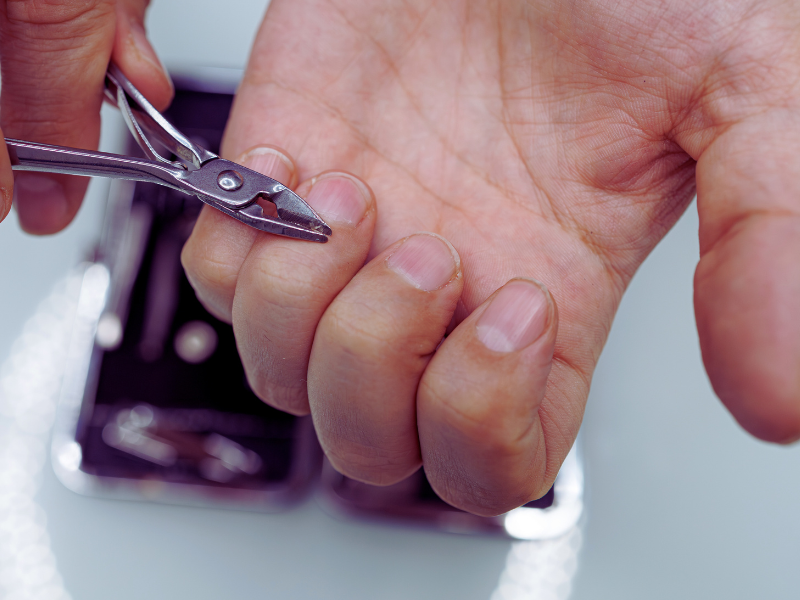
Using excessive force when trimming cuticles can lead to injuries and infections. The skin around the nails is delicate, and applying too much pressure can cause it to tear. This can result in painful hangnails and increase the risk of infection. When using cuticle nippers, a gentle approach is always best. Carefully cut the excess cuticles without applying too much pressure. This helps protect the surrounding skin and maintain the overall health of the nails.
Protecting the Nail Bed
The nail bed is a sensitive area that can easily be damaged without care. It's important to avoid cutting too close to the nail bed when using cuticle nippers. This can cause pain and lead to infections. Keeping a safe distance from the nail bed ensures that only the excess cuticles are trimmed, leaving the healthy tissue intact. This helps to protect the nail bed and maintain the overall health of the nails.
Preventing Infections

Infections can occur if the cuticle nippers are not properly sanitized or the skin is damaged during trimming. Always clean the nippers before and after each use to prevent the spread of bacteria. Using a disinfectant or alcohol wipe to clean the blades is a good practice. Additionally, avoid cutting the cuticles too close to the skin to prevent any injuries that could lead to infections.
Maintaining Sharp Blades
Sharp blades are essential for a clean and precise cut. Dull blades can tear the skin, leading to painful hangnails and increasing the risk of infection. Regularly sharpening the blades ensures that the nippers remain effective and safe. Investing in a high-quality nipper with sharp blades can significantly improve the trimming process. Sharp blades provide a clean cut, reducing the risk of tearing the skin and maintaining the overall health of the nails.
Using the Right Technique
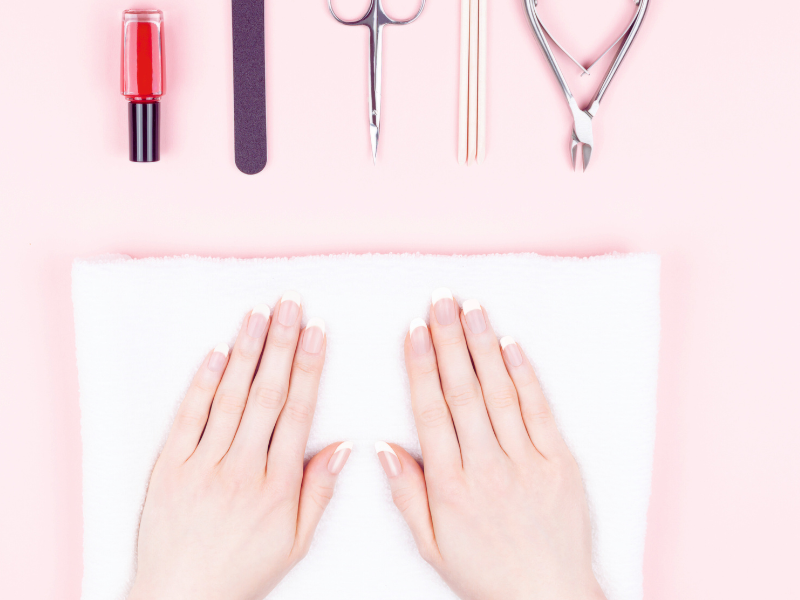
The technique used when trimming cuticles is as important as the tool. Gently push back the cuticles with a cuticle pusher before using the nippers. This helps to expose the excess skin that needs to be trimmed. Avoid using excessive force when cutting the cuticles. The goal is to trim the dead skin without damaging the healthy tissue. A gentle approach ensures that the cuticles are neatly trimmed without harming the nails or surrounding skin.
Maintaining Sharp Blades
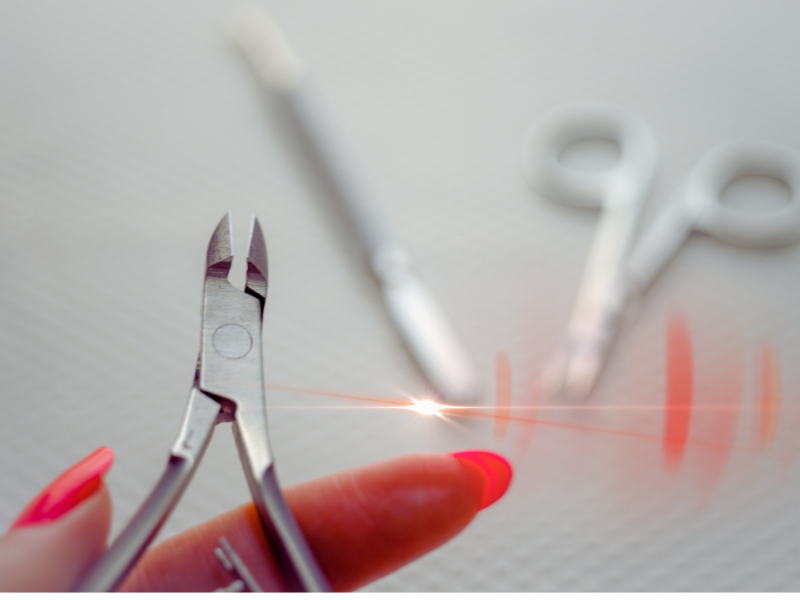
Sharp blades are essential for a clean and precise cut. Dull blades can tear the skin, leading to painful hangnails and increasing the risk of infection. Regularly sharpening the blades ensures that the nippers remain effective and safe to use. Investing in a high-quality nipper with sharp blades can make a significant difference in the trimming process. Sharp blades provide a clean cut, reducing the risk of tearing the skin and maintaining the overall health of the nails.
Summary
Taking care of your nails and cuticles is super important, and a handy tool called a cuticle nipper can be a big helper! But remember, using them carefully is key. Just like with any tool, be precise, keep things clean, and learn how to use them to avoid ouchies or germs. With these tips and a good quality nipper, you'll soon be on your way to healthy, happy nails! Plus, with amazing deals on nail supplies (up to 60% off!), you can create fun and colorful designs to show off your beautiful nails!
FAQ
How often should I use a cuticle nipper?
It's best to use a cuticle nipper only when necessary, typically once every two weeks. Overuse can lead to damage and infections.
Can I use a cuticle nipper on my toenails?
Yes, but be extra cautious, as the skin around the toenails can be tougher and more prone to injury. Soften the cuticles with warm water before trimming.
What should I do if I accidentally cut myself with a cuticle nipper?
Clean the area with an antiseptic and apply a bandage. See medical attention if the cut is deep or shows signs of infection.
